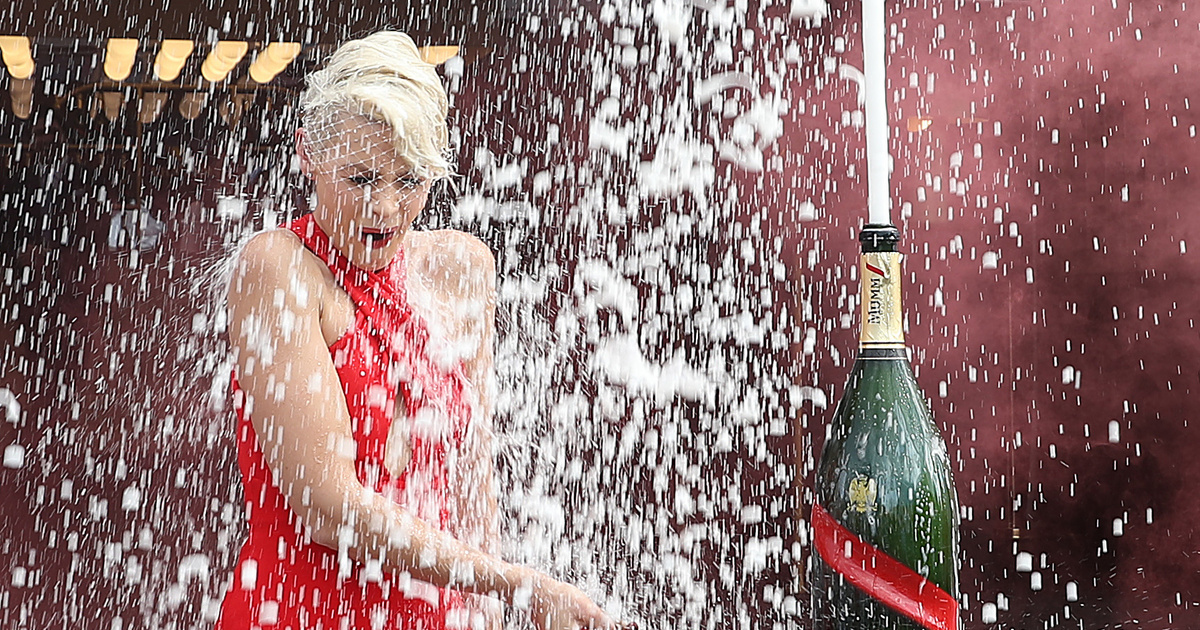Lukas Wagner, a doctoral student at the Institute of Fluid Mechanics at the Vienna University of Technology, led the new research, which is of particular interest ahead of New Year's Eve because it explores the mechanics of opening a bottle of champagne, he wrote. daily Mail.
Champagne bottles are thicker and heavier than wine bottles to contain the enormous pressure created by the carbon dioxide bubbles created during fermentation, which is why the cork must be sealed with a wire cage. When champagne is opened, the compressed gas in the bottle pushes the cork out and it flies away with a loud pop.
The Viennese scientists used complex computer simulations to study how the ejected cork and accompanying gas behaved. While the cork is ejected at a speed of about 20 meters per second, the gas flow is much faster, reaching 400 meters per second. A gas flow has a point where the pressure changes suddenly, this is the Mach number, which is used when an object moves at high speed through a medium, or when high-speed media flows in channels such as sprinklers or wind tunnels.
Similar phenomena occur in supersonic aircraft when exhaust exits engines at high speed
Stefan Braun, another author of the study from Vienna, compared champagne and airplanes.
The pop you hear when you open it is caused by the pressure created by the cork as it leaves the bottle and expands, and by the supersonic gas that generates a shock wave. This phenomenon is very similar to the sonic boom of airplanes.
Another research group revealed earlier this year that the bubbles in champagne flow quite evenly (unlike those in beer) because the larger bubbles and special proteins stabilize the chains of bubbles, allowing them to rise in a straight line.














































